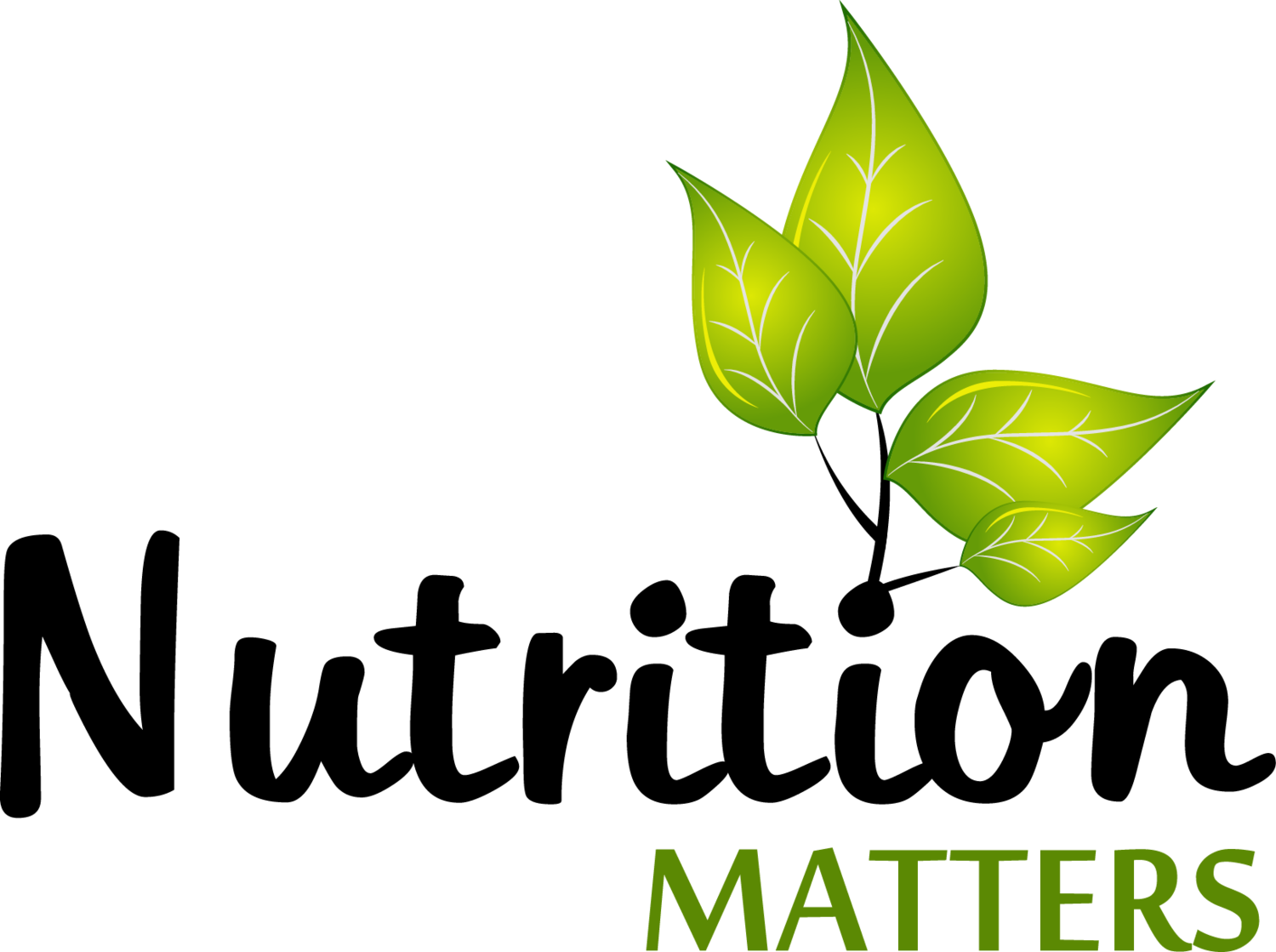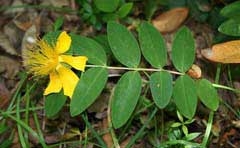This marvelous plant with beautiful little yellow flowers never ceases to amaze me with it's healing powers. Hypericum is in the Hyperaceae family and flowers near the end of June on or around St. John's Day near summer solstice (hence it's common name). Some have confused this plant with it's relative, creeping St. John's wort, botanical name Hypericum calycinum but the two are not interchangeable. There are several plants of the Hypericum genus that can be used for herbal medicine purposes though they possess different properties. This post will focus on the Hypericum Perforatum variety only.
This plant has been used since ancient times as a would medicine and is a specific for wounds to areas rich in nerve endings. It can be used for burns in all degrees, cuts and scrapes, and historically was even used to prevent tetanus. It is especially useful when wounds cause sharp, shooting pains or inflammation along the course of a nerve or where there is a pinched nerve.
I have personally found the oil incredible effective for relieving neck and shoulder tension when massaged into that area. A few years ago, I had a low grade tension headache with a ultra tight neck and shoulders for four days. I had tried a handful of other remedies internally without much success. It seemed the other remedies were keeping a migraine at bay, but not addressing the underlying issue. It dawned on me to try St. John's wort oil , I could actually feel the tension melting away from my neck and shoulders until there was complete relief within a couple of hours. The tension did not come back.
This year, due to poor posture with breast-feeding, baby hip-holding, and other self-inflicted injuries that result from being a mother to a baby, combined with a serious lack of exercise on my part, my lower back kept going out and causing me severe shooting pains. I would pick up my little guy and hold him for a while and when I would go to put him down, my back would jar and remain like that for days. I put on several topical pain remedies that offered some relief, but didn't fix it and then again I remembered I had St. John's wort tincture macerating. I strained out the flowers and took 10 drops. It took about an hour and then the entire area let go and relaxed, the tension was gone, and I regained full mobility and a sense of joy.
St. John's wort has a special affinity to the solar plexus/nervous system of the body. It can be used to support people with anxiety, fear or depression. It is said to bring emotions and thoughts into synchronicity. It's flower essence is good for overload of information to help with processing.
There are recommendations to exercise caution in taking St. John's wort internally if you are on antidepressants. Herbalist Susun weed says tincture is perfectly safe and people only run into problems when consuming capsules, watch her quick video on Hypericum here. I like to let people know about possible contraindications so that they can do their own research about their medications. This herb is so effective for the winter blues and depression that it has helped numerous people come off of medications altogether.
Many practitioners consider St. John's wort oil to be like a homeopathic chiropractic adjustment. For me, my personal experiences definitely confirm this opinion. It's also incredible anti-viral! The little yellow flowers of this beautiful plant make a vividly red tincture and oil. It will always have an important place in my herbal medicine chest and my heart!
Starting on December 9, 2016 my apothecary, consultation space and educational services will be open! I have a limited stock of fresh Hypericum tincture and oil but once they're gone, I won't have more until next season!
This is St. John (or Joan's) wort, Hypericum Perforatum. Notice it's upright stalk and tiny yellow flowers. When held up to the light you can see the that the flower's petals are perforated with tiny little holes.
This is Hypericum Calycinum (creeping St. John's wort) which is a common ground cover in gardens in North America. It has antibacterial properties but cannot be used interchangeably with Hypericum Perforatum.


